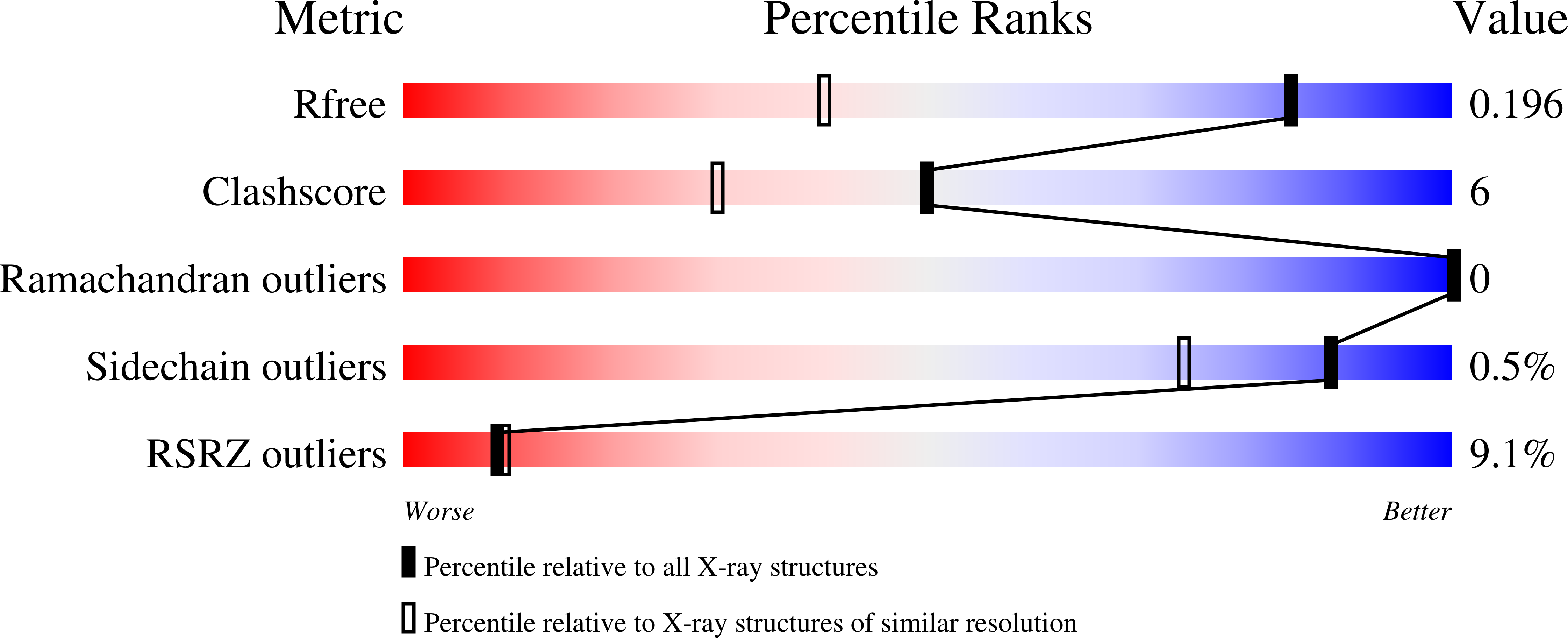
Deposition Date
2017-10-10
Release Date
2021-10-06
Last Version Date
2024-01-17
Entry Detail
PDB ID:
6EOY
Keywords:
Title:
Transthyretin in complex with 4-(1,3-Benzothiazol-2-yl)-2-methylaniline
Biological Source:
Source Organism:
Homo sapiens (Taxon ID: 9606)
Host Organism:
Method Details:
Experimental Method:
Resolution:
1.38 Å
R-Value Free:
0.19
R-Value Work:
0.16
R-Value Observed:
0.16
Space Group:
P 21 21 2


